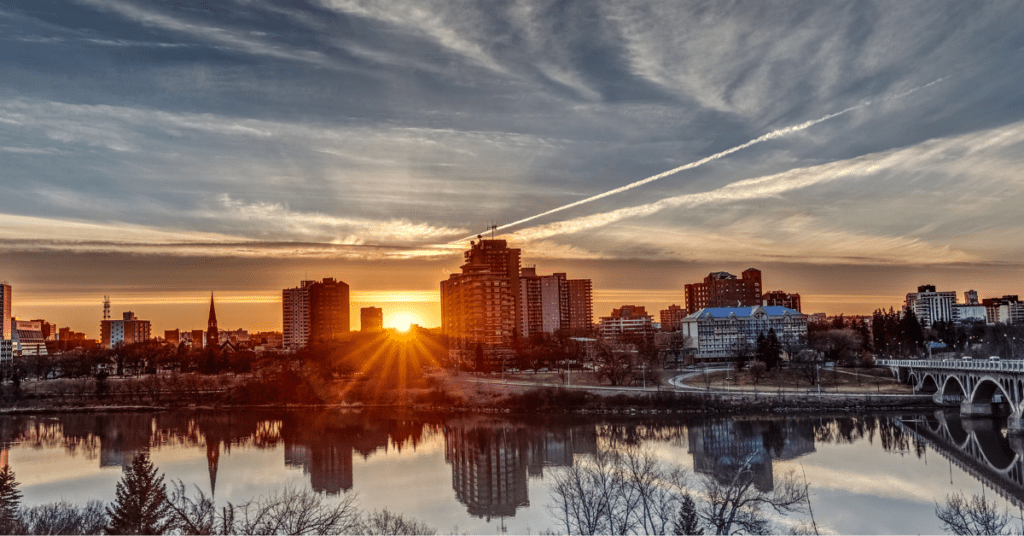
Choosing a City
Living in Fredericton, New Brunswick: Everything You Need to Know

Choosing a City
Living in Regina, Saskatchewan: Everything You Need to Know

Choosing a City
Living in Prince George, BC: Everything You Need to Know

Choosing a City
Living in Halifax, Nova Scotia: Everything You Need to Know

Choosing a City
Living in Winnipeg, Manitoba: Everything You Need to Know

Choosing a City
Living in Surrey, BC: Everything You Need to Know

Choosing a City
Living in Saskatoon, Saskatchewan: Everything You Need to Know

Choosing a City
Living in Thunder Bay, Ontario: Everything You Need to Know

Choosing a City
Living in Edmonton, Alberta: Everything You Need to Know

Choosing a City
Living in St. Catharines, Ontario: Everything You Need to Know





